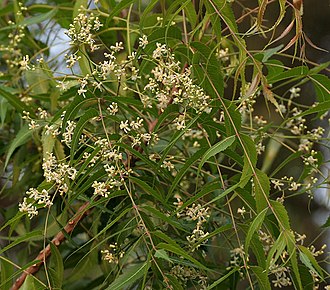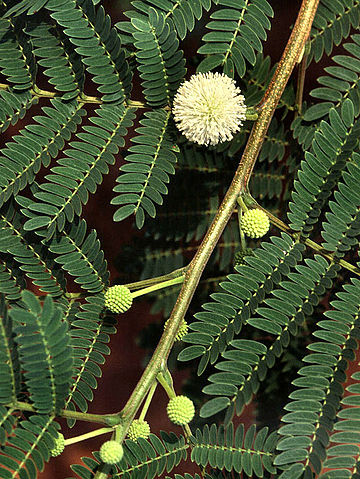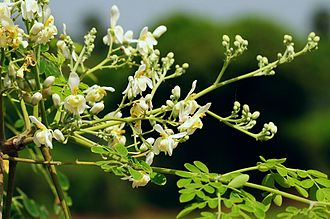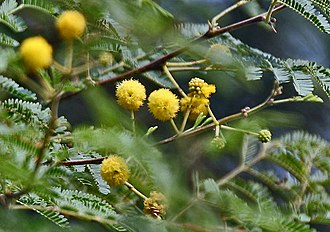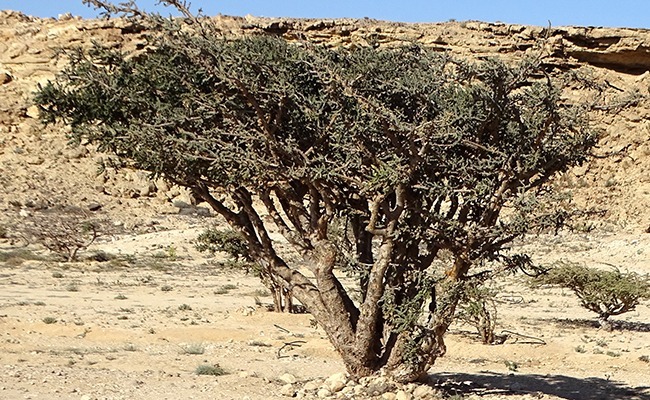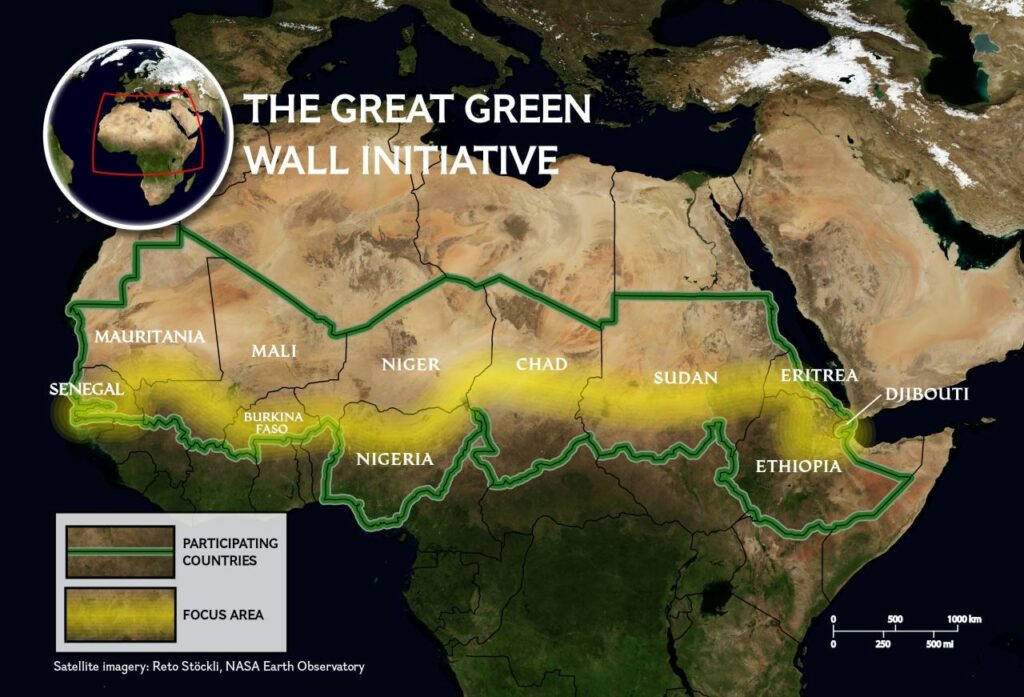Forestation
Tree nursery on board the ship
In arid areas, it is very difficult to germinate tree seeds. That’s why we have created on board a fully automated nursery in marine containers.
This is the guarantee of a complete success.
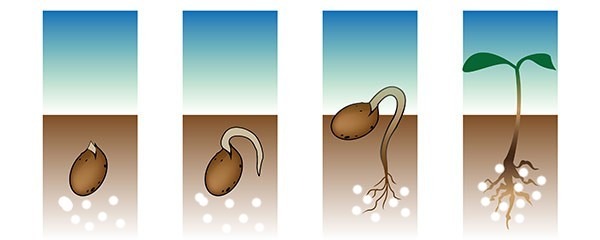
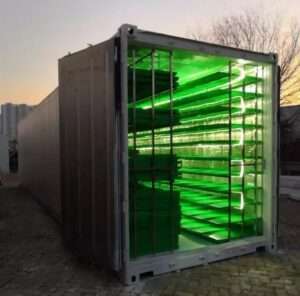
TREES FOR THE DESERT
Azadirachta indica, commonly known as neem, margosa, nimtree or Indian lilac,[3] is a tree in the mahogany family Meliaceae. It is one of two species in the genus Azadirachta. It is native to the Indian subcontinent and to parts of Southeast Asia, but is naturalized and grown around the world in tropical and subtropical areas. Its fruits and seeds are the source of neem oil. Nim is a Hindustani noun derived from Sanskrit nimba
Leucaena leucocephala is a small fast-growing mimosoid tree native to southern Mexico and northern Central America (Belize and Guatemala)[1][4] and is now naturalized throughout the tropics including parts of Asia. Common names include jumbay, pearl wattle[citation needed] (called so because of its yellowish white hue), white leadtree,[5] river tamarind,[6][page needed] ipil-ipil,[7] tan-tan,[8] and white popinac.[9] Leucaena leucocephala is used for a variety of purposes, such as fencing, soil fertility, firewood, fiber, and livestock fodder.
Moringa oleifera is a fast-growing, drought-resistant tree of the family Moringaceae, native to the Indian subcontinent and used extensively in South and Southeast Asia.[2] Common names include moringa,[3] drumstick tree[3] (from the long, slender, triangular seed-pods), horseradish tree[3] (from the taste of the roots, which resembles horseradish), or malunggay (as known in maritime or archipelagic areas in Asia).[4]
Vachellia nilotica, more commonly known as Acacia nilotica, and by the vernacular names of gum arabic tree,[5] babul,[6] thorn mimosa, Egyptian acacia or thorny acacia,[7] is a flowering tree in the family Fabaceae. It is native to Africa, the Middle East and the Indian subcontinent. It is also considered a 'weed of national significance' and an invasive species of concern in Australia, as well as a noxious weed by the federal government of the United States.[8]
Boswellia species are dioecious,[4] or hermaphroditic.[5] The flowers may have four or five faintly connate but imbricate sepals with an equal number of distinct, imbricate petals.[4] Also, the stamens, that may contain nectar discs, have distinct glabrous filaments that occur in one or two whorls and in numbers equaling or twice the number of petals; the tricolporate pollen is contained within two locules of the anthers that open longitudinally along slits.[4] The gynoecium contains three to five connate carpels, one style, and one stigma that is head-like to lobed.[4] Each locule of the superior ovary has two ovules with axile placentation that are anatropous to campylotropous.[4] The one- to five-pitted fruit is a drupe that opens at maturity.[4] The endosperm is usually lacking in the embryo.[4]
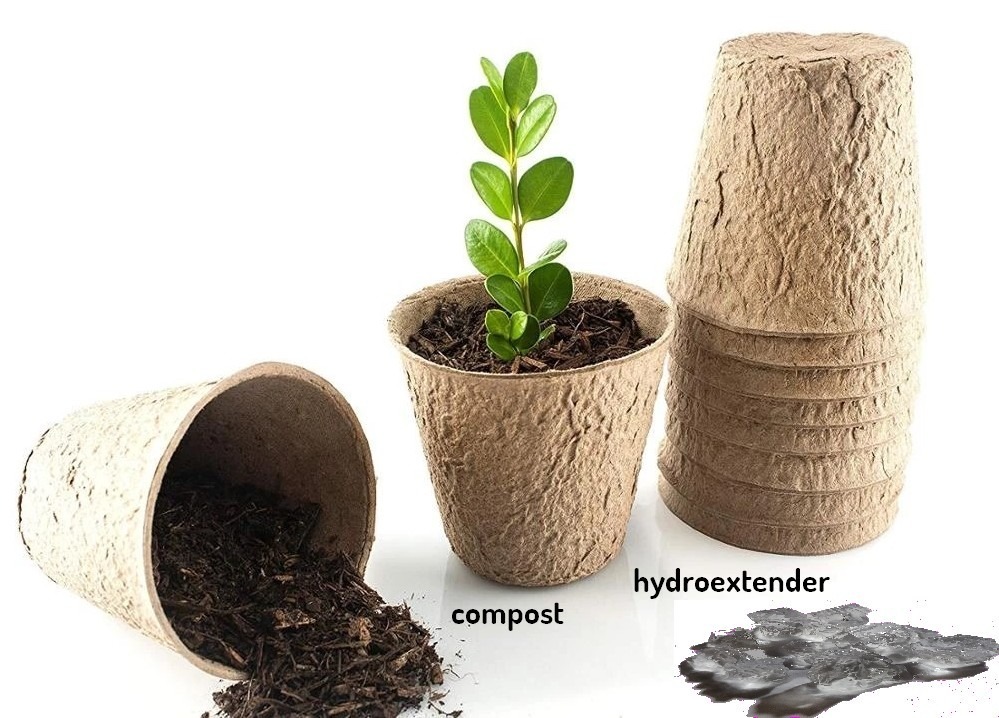
A large, fully optimized potting machine for almost all pots from 6 to 28 cm. Due to the unique drive the pots pass through the machine very smoothly and without abrupt movements and the stopping point of the pot is longer. This gives you peace of mind when repotting.
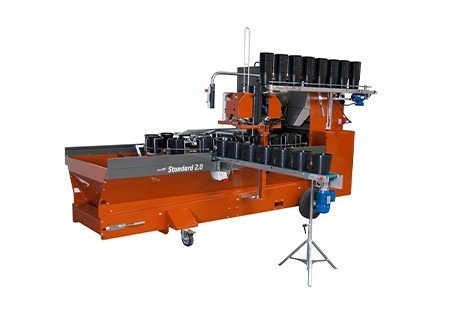
The Great Green Wall is one of the most inspirational and urgent movements of our times. This African-led initiative aims to grow an 8000km new world wonder across the entire width of the Continent to transform the lives of millions living on the frontline of climate change.
The UN Convention to Combat Desertification is a key partner in the initiative. Welcome to our ‘Growing a World Wonder’ campaign website, in support of Africa’s Great Green Wall.

